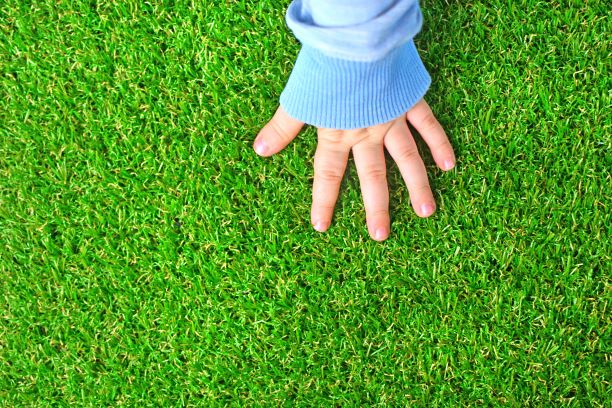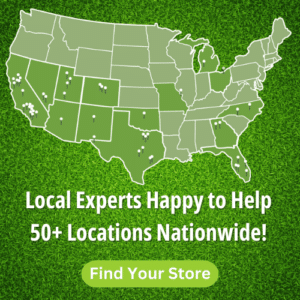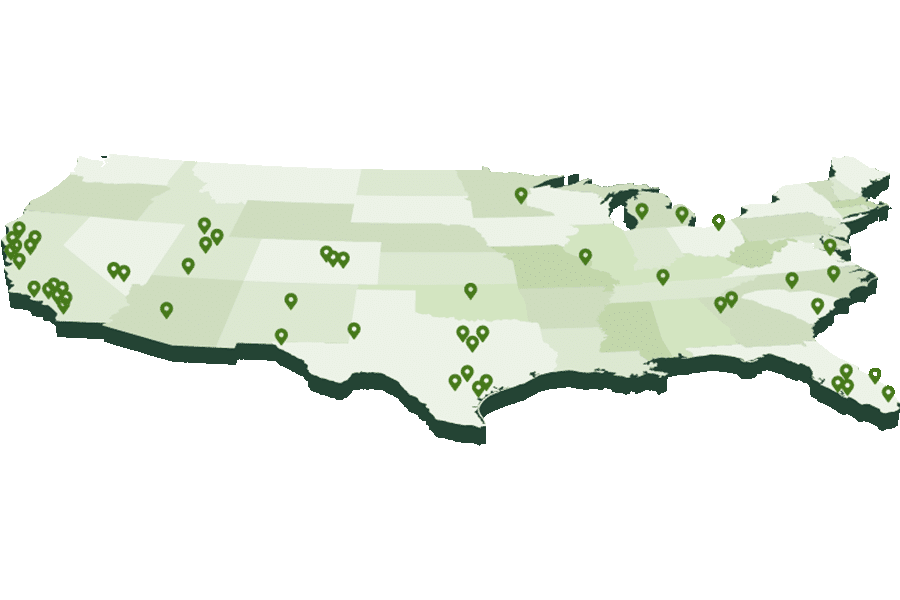Within the last decade, compelling discussions have emerged surrounding the potential for negative health impacts as a result of long-term contact with synthetic turf systems – whether that be environmental health or the health of our athletes, children, and pets. Furthermore, a more prominent debate among industry professionals and researchers currently is the prevalence of bacterial growth on artificial grass surfaces.
The following excerpt is an observation of studies that argue the efficacy of various antimicrobial control agents applied to turf – such as topical cleaning solutions or material additives incorporated during manufacturing – and the performance of non-treated synthetic grass with comparisons to natural sod.
Antimicrobial Capabilities of Non-Treated Synthetic Turf vs. Natural Sod
Interestingly, researchers have identified that the survival of bacteria on synthetic turf is largely reliant on the availability of nutrients, rather than simply an absence of an antimicrobial control agent – as reported by Waninger et al (2010) – implicating antimicrobial viability of even non-treated artificial grass systems in applications with reduced traffic and limited exposure to bodily secretions; this delineation is important, as bodily fluids such as mucus act as a source of food for bacteria and slightly increase their rate of survival.For example, a residential front yard with artificial turf appears to present a lesser risk for harboring and producing microorganisms, while a high school football field poses a greater risk. Although, it is worth noting that even if bacteria can survive on turf while in a laboratory where nutrients are provided, it has not yet been proven that this survival could occur when subjected to outdoor elements (Waninger et al., 2010). Secondarily, bacterial colonization and reproduction are crippled by high surface temperatures and are even more susceptible to degeneration when only briefly exposed to UV light (Hardjawinata et al., 2005). During an experiment conducted by McNitt et al (2020) – where bacterial samples were introduced to both natural and synthetic grass, then measured – bacteria could be detected on both synthetic and natural grass samples under suboptimal growing conditions, but the bacterial survival rate rapidly decreased following slight increases in temperature and UV exposure.Additionally, and anecdotally – as it was not intended to be a part McNitt’s study, a natural sod sample was measured as having higher counts of bacteria than the non-treated artificial turf sample. Researchers surmised this was possible because: 1) natural sod does not reach the same levels of surface temperature comparative to synthetic turf, 2) natural sod’s density may provide greater coverage from UV light, and 3) there is greater nutrient availability in natural sod.
Silver Ion-Treated Synthetic Turf
While increased surface temperatures and exposure to UV light are exceptional at inhibiting bacterial growth – even in the absence of an antibacterial additive – the transition into fall and winter seasons brings cooler temperatures and more cloud cover, giving bacteria a much better environment for reproduction.Additionally, indoor applications with synthetic turf have controlled, cool ambient temperatures year-round and almost no exposure to UV light, making them slightly more susceptible to harboring bacteria as well. It is in these instances that antibacterial treatments to turf come into play. Due to the broad spectrum of its antibacterial capabilities and low toxicity to mammal cells, silver is a commonly used antibacterial agent in various materials and machinery, including both medical and nonmedical applications. Once bacteria comes into contact with ionized silver, the silver reacts by binding to the tissue proteins in bacteria, changing their cellular structure and nuclear membrane, resulting in cell distortion and the death of the unwanted organism.Silver is so effective and highly active, that even in low concentrations it can maintain its potency. For example, fabrics with as low as 10 micrograms of silver ion per gram of fabric can sustain its effectiveness (Spielman-Sun et al., 2018). For optimum antibacterial activity and a more thorough cover of surface area, silver is usually integrated into multiple aspects of a finished product. Purchase Green antibacterial grasses will have silver ions infused in both the grass blades and backing material.
So, what’s the takeaway?
Through various methods of measurement, researchers concluded that synthetic turf systems are not inherently ‘dirty’, but performed better than natural sod when observed in controlled studies. However, the survival of bacteria is largely reliant on the availability of nutrients, and while artificial grass has no organic matter for bacterial growth, bodily fluids such as mucus can be a nutrient source.For this reason, applications indoors and/or with high traffic – either from kids, athletes, or pets – are recommended to utilize a combination of preventative measures to further inhibit the survival of harmful microorganism; this includes installing a silver-ion infused synthetic turf, applying a topical enzymatic cleaning solution as needed or on a semi-regular basis, and, where applicable and possible, a UV-C light treatment.As an example, the “National Football League (NFL) does not require the treatment of outdoor playing fields for either [Staph] or Covid‐19, but do suggest indoor surfaces be treated with a spray disinfectant periodically and allow UV‐C light applications indoors as a supplement to spray applications” (McNitt et al., 2020).
In the wake of a pandemic, health and safety are top of mind. When choosing artificial grass for your projects, you can rest assured that minimal bacterial growth occurs with any synthetic turf and is easily killed with topical cleaners or even just UV-C and high-temperature exposure. Purchase Green’s antimicrobial artificial grasses go a step further with the addition of bacteria-destroying silver ions.





